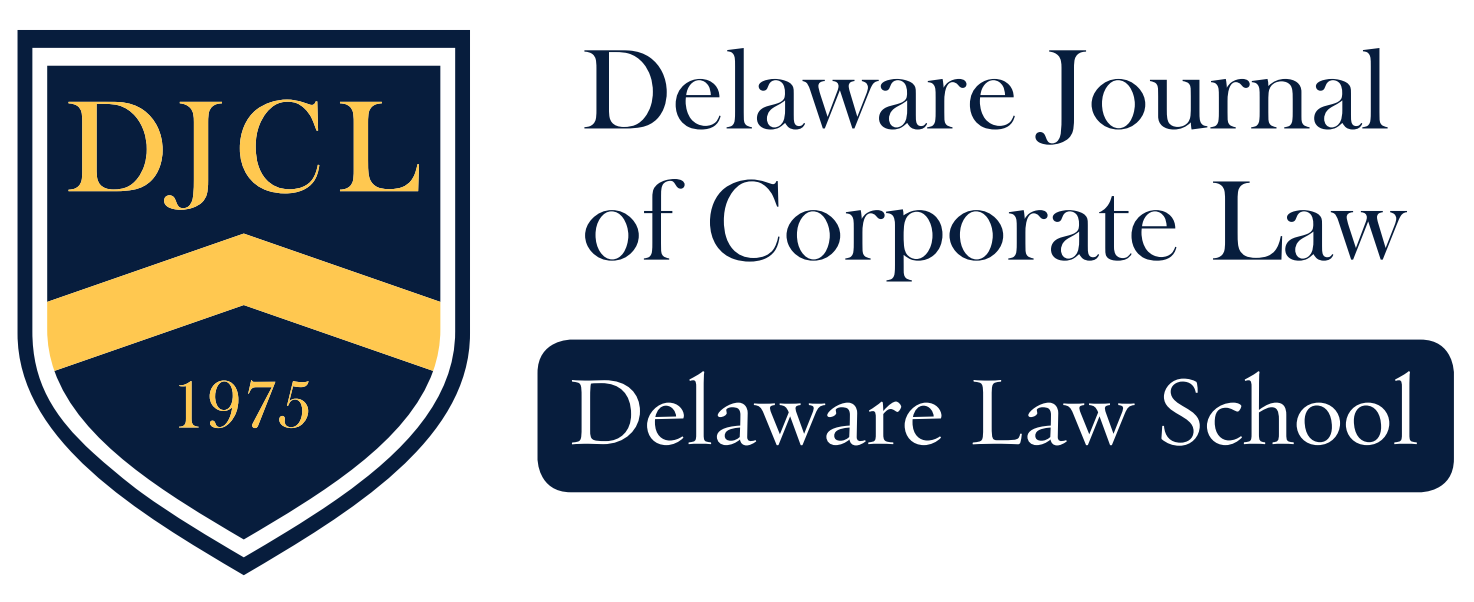Joseph Farris
Many are still digesting how the recent Congressional tax legislation, H.R. 1, also known as the Tax Cut and Jobs Act (“TCJA”), signed into law by President Trump in December 2017, affects them as individuals and in their various businesses—regardless of whether they are a nonprofit, partnership, corporation, or LLC. News media and online blogs are heavily analyzing strategies to pursue in order to minimize negative tax implications. The discussions seek to identify potential loopholes for which the savvy and informed taxpayer, entrepreneur, or business owner could use to circumvent or “workaround” the new law.
Effective January 1, 2018, the TCJA has lowered the corporate tax rate from the prior graduated scale that ranged from 15% to a 35% maximum to a new permanent flat rate of 21%. The TCJA also repealed the corporate alternative minimum tax (“AMT”). The AMT was previously used as a supplemental floor for corporate taxation by applying an alternative 20% tax rate to more broadly defined taxable income and limited deductions to ensure profitable corporations that had exemptions or special circumstances paid something when their regular tax liability was less than those under the “tentative minimum tax.” To account for the lower tax rate, the bill also lowered the “dividends received deductions” for corporations that receive deductions on dividends from other taxable corporations.
Under the TCJA, business income from pass-through entities, including income from sole proprietorships, is taxed at the individual tax rate after receiving up to a 20% deduction, thus lowering the effective tax rate. However, under the TCJA, this 20% deduction is only temporary, in effect for tax years 2018 to 2025, and is limited to “qualified business income” (“QBI”) from a sole proprietorship, partnership, S corporation, and certain other qualified dividends from cooperatives and real estate investment trusts. This deduction is excluded from specified service businesses, but W-2 wage earners with income below $157,500 for individuals and $315,000 for married joint filers can claim the deduction fully on income from service industries.
Business expenses remain deductible, but the TCJA changes the rules and reduces tax benefits for two major expense areas; transportation and meals & entertainment. The TCJA “eliminates employer deductions for the cost of providing qualified employee transportation fringe benefits” including parking allowances and mass transit passes; and unless required for employee safety, no longer permits the employer to deduct the costs of employee commuter transportation such as a hired car service. Furthermore, the new law disallows deductions for “business-related entertainment” expenses; and broadens the 50% meal deduction limitation beyond business travel to now include meals provided on an employer’s business premises, formerly a 100% deductible expense. After 2025, it “will no longer be deductible.”
Under the TCJA, tax rates for C corporations (“C Corp”) have conferred a “more advantageous” and beneficial treatment than those for smaller corporations such that many owners are now considering whether to convert from an S corporation (“S Corp”) to a C Corp for tax purposes. When considering that the 20% deduction on income from pass-through for a shareholder in the highest individual tax bracket of 37% would give an effective federal rate of 29.6% on an S Corp, the decision to convert may be easy. Yet, other key considerations, such as the state tax rate; allocation of state income if operating in multiple states; distribution of compensation between wages and dividends; shareholder bonuses; and equity retention – for corporations with significant machinery purchases and maintenance; are important to weigh, in deciding which corporate structure to employ for maximum advantage.
Furthermore, there are new provisions in section 11012 of the TCJA that limit the use of excess business losses from non-passive partnership or S Corp business activities to offset other sources of income but do not affect C Corps. Excess business loss is a taxpayer’s excess aggregated deductions “attributable to trades or businesses . . . over the sum of aggregate gross income or gain plus $250,000.” At the partner or shareholder level, a partner’s distributive share and S Corp shareholder’s pro rata share of income, gain, deduction or loss of the business are accounted for in applying the provisional limitation for the taxable year of the partner or S Corp shareholder. These prohibited losses “are carried forward and treated as part of the taxpayer’s net operating loss carryforward in subsequent tax years.”
The full effect of the new tax law is yet to be understood in exactly how it affects businesses and corporations. A main reason is that the enforcement and treatment of the amended tax code is highly dependent on the regulatory guidance promulgated by the IRS, the Department of Treasury’s administrative agency responsible for interpreting and enforcing the tax code. Most likely, it will take time for the IRS to issue regulations and guidance that help shape the bounds of the TCJA, as individuals and businesses raise issues that challenge its fringes. In the meantime, businesses must carefully assess the new tax implications and trade-offs associated with operating under the various business and corporate structures. The new law may provide an impetus for reorganization, or at least an incentive to ensure one’s business is aligned to take full advantage of the TCJA “pro-growth tax plan” for business.
 Joseph is a 4L extended division evening student at Widener University Delaware Law School, Copy Editor on the Delaware Journal of Corporate Law, John F. Schmutz Corporate and Business Law Institute Fellow, and Summer Associate at Potter Anderson & Corroon, LLP. Joseph will also have an article published in Volume 44 of the Journal.
Joseph is a 4L extended division evening student at Widener University Delaware Law School, Copy Editor on the Delaware Journal of Corporate Law, John F. Schmutz Corporate and Business Law Institute Fellow, and Summer Associate at Potter Anderson & Corroon, LLP. Joseph will also have an article published in Volume 44 of the Journal.
Suggested Citation: Joseph Farris, The Tax Cut and Jobs Act: What It Means for Business, Del. J. Corp. L. (June. 24, 2018), www.djcl.org/archives/6733.
The views expressed by the author are not necessarily the views of Potter Anderson & Corroon, LLP or any of its clients.
